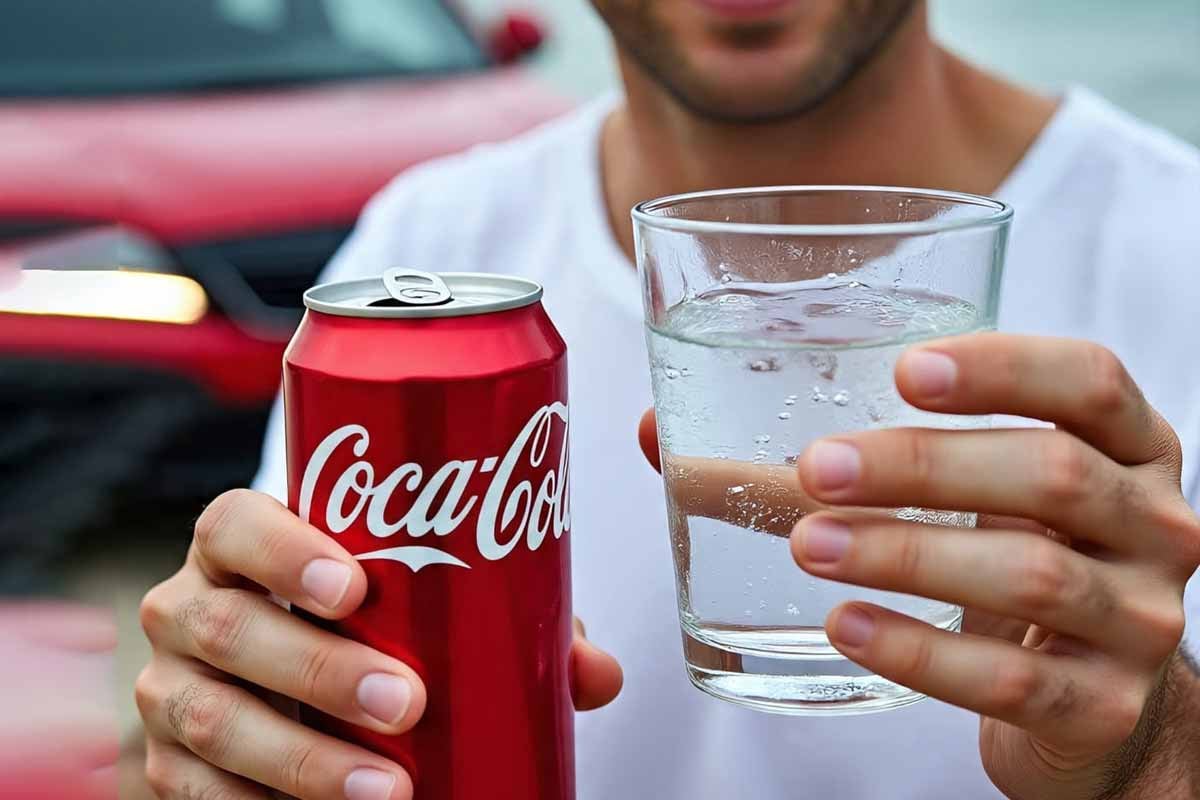Turning leftover cans and ocean water into clean motion sounds bold, yet the science is solid. MIT engineers used recycled aluminium and seawater to free hydrogen on demand, slashing emissions and simplifying supply chains. A reusable gallium–indium activator strips oxide from aluminium, so water reacts instantly. This avoids fossil inputs, scales from portable reactors to stations, and supports safe, flexible refuelling for drivers and fleets, on land and at sea.
From waste to fuel : the aluminium–seawater breakthrough
Recycling aluminium triggers a silent reaction with seawater that releases clean fuel at room temperature. Normally, aluminium grows an oxide skin that blocks water contact. MIT researchers added amounts of gallium and indium to remove that barrier, so metal touches water and reacts. Bubbles appear, yielding gas for fuel cells.
Because the gallium–indium activator is not consumed, it can be recovered and reused repeatedly. Seawater helps the separation step, improving economics and cutting waste streams. Crucially, inputs are abundant: scrap cans and accessible coastal water. Communities gain a practical path to local energy with fewer imports and fewer high-pressure tanks.
In this setup, the reaction starts only when materials meet, so production pauses instantly when needed. On-demand generation limits losses from storage and transport. It also reduces ignition risk during refuelling. As a result, hydrogen becomes easier to integrate into mobility, industry, and power without heavy infrastructure or complex permitting.
Why hydrogen from cans and seawater changes the equation
The process begins with pre-treated aluminium pellets delivered to a site near water. At the station, operators combine pellets, the reusable activator, and seawater in a compact reactor. Gas exits through a dryer and filter, then feeds a fuel cell stack. Unused alloy is separated, captured, and returned for reuse.
Unlike compressed gas deliveries, this system shifts logistics to solid materials that travel safely at ambient conditions. Pellets pack energy densely, simplify warehousing, and avoid boil-off losses. When demand spikes, operators add more pellets and water. When it drops, they stop the feed, aligning production precisely with real consumption.
Compared with large electrolyzers, capital needs are modest and modular. Sites can start small, then scale by adding reactors in parallel. Maintenance focuses on cleaning, alloy recovery, and standard safety checks. Stations near coasts or ports use readily available seawater, reducing freshwater draw and enabling resilient supply during heatwaves.
Real-world use cases, safety gains, and everyday logistics
Performance metrics make adoption tangible. One kilogram of gas typically powers a fuel-cell car for sixty to one hundred kilometres, depending on drivetrain efficiency and driving style. On sites producing hydrogen on demand, fuel can be generated just before refuelling, so tanks stay leaner, safer, and cycles match daily traffic.
Safety improves because storage inventories shrink and transport of high-pressure cylinders can be reduced or eliminated. Operators still follow strict procedures: monitor ventilation, route vent lines outdoors, and install detectors. Training emphasises grounding, leak checks, and controlled startup and shutdown steps, familiar routines from industrial gases and modern battery operations.
For fleet owners, planning starts with duty cycles and siting. Small reactors suit depots for delivery vans, campus shuttles, and forklifts. Larger assemblies serve ports and marinas. Because water quality varies, operators add filtration and anti-fouling steps, then track activator recovery rates to keep costs stable while protecting nearby ecosystems.
Numbers that matter : clean hydrogen with traceable costs and impacts
Lifecycle analysis is decisive. The research team reports about 1.45 kilograms of CO₂ per kilogram of gas produced, versus roughly eleven kilograms from conventional fossil-based routes. That places the footprint alongside leading renewable pathways. Because inputs are recycled aluminium and seawater, the method valorises waste while conserving scarce fresh water.
Economics look competitive. Estimated production cost sits near nine dollars per kilogram at pilot scale, similar to other low-carbon options. Costs could fall with alloy recycling at higher yields, better heat integration, and mass-manufactured reactors. Shipping pellets instead of gas cuts logistics risks and insurance premiums for suppliers and stations.
The setup already works beyond the lab. A compact reactor roughly the size of a water bottle powered an e-bike for hours. Demonstrations also moved a small car, and researchers are testing marine use, including boats and underwater drones where surrounding water feeds quiet generators. Trials continue under varied conditions.
By-products, scale-up paths, and what still needs proving
There is more than fuel in the output stream. The reaction forms boehmite, an aluminium oxyhydroxide used across electronics and catalysts. Capturing and selling this mineral offsets operating costs and reduces waste. With industrial partners, plants could monetise energy and materials, supporting circular-economy performance and diversified revenue for station operators.
Scaling requires careful engineering choices. Designers will standardise pellet sizes, automate alloy recovery, and add sensors for flow, temperature, and purity. Quality control matters because fuel-cell stacks prefer very dry hydrogen. Polishing steps like desiccant dryers and membranes keep specs stable while protecting vehicles and systems during demanding duty cycles.
Important questions remain. Supply chains for gallium and indium must be recycled-first and transparent. Site permits should address brine handling and marine ecosystems. Finally, field data at scale will clarify maintenance intervals, lifetime yields, and true costs, giving policymakers and investors the confidence to deploy thousands of reliable, coastal-ready units.
What this could unlock next for clean mobility everywhere
Turning scrap and seawater into reliable motion reframes clean fuel as a local manufacturing task rather than a distant supply chain. With emissions near leading renewables and prototypes that already power vehicles, the approach deserves careful pilots across coasts and ports. If activator recovery scales and boehmite revenues help, hydrogen could reach drivers affordably while keeping safety high, logistics simple, and communities more energy resilient. The next step is transparent field data that confirms durability, costs, and performance at meaningful scale.
